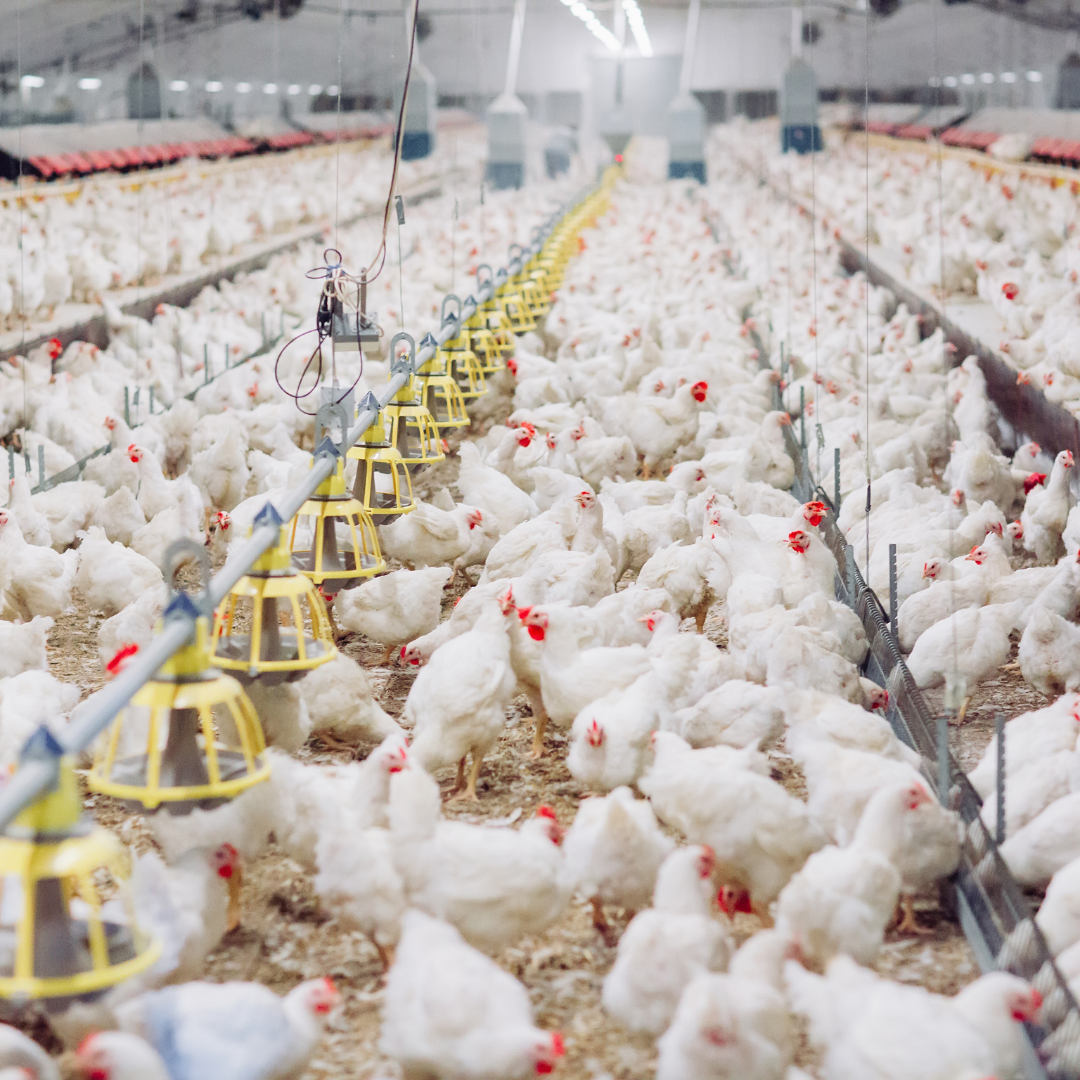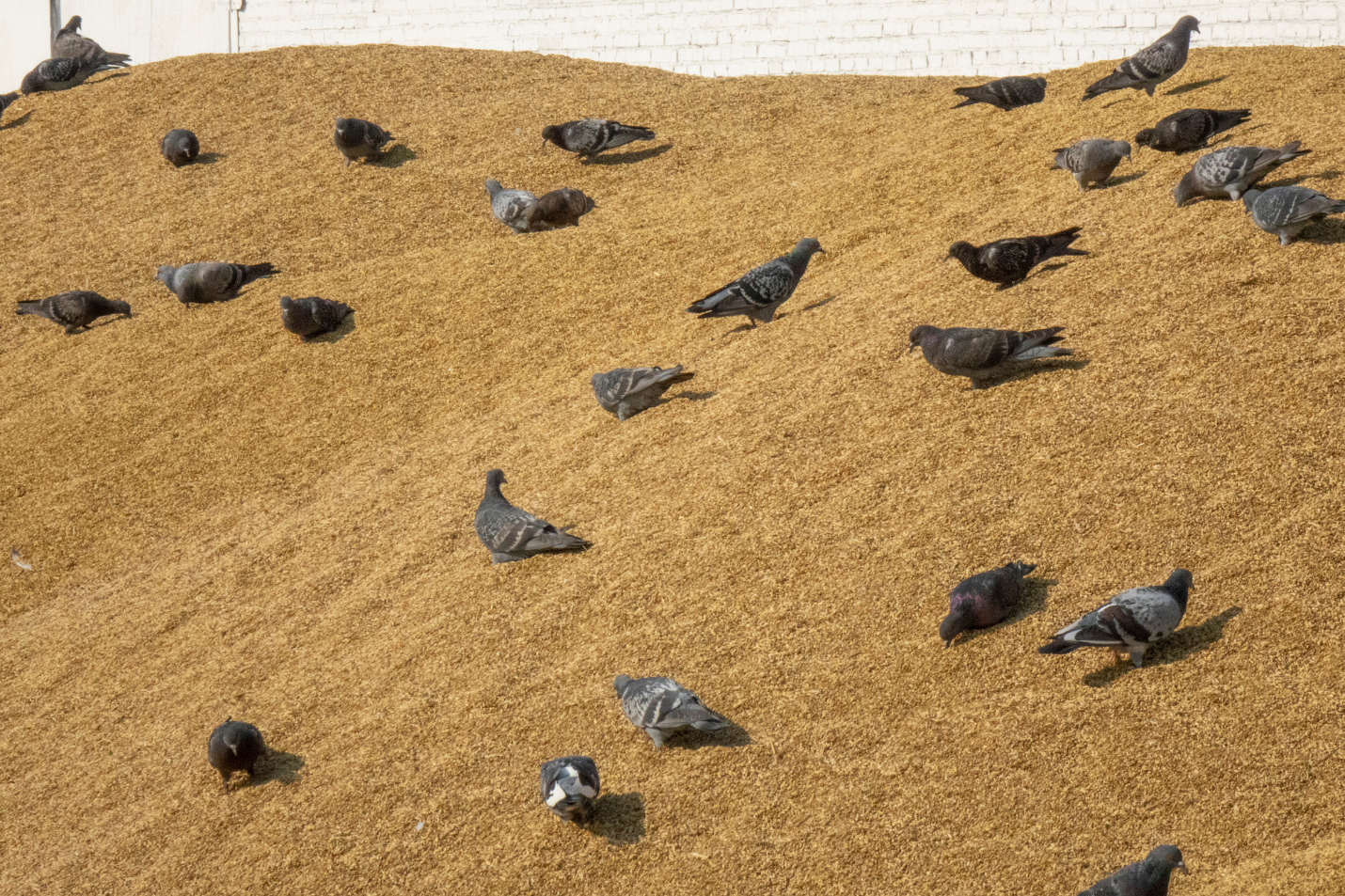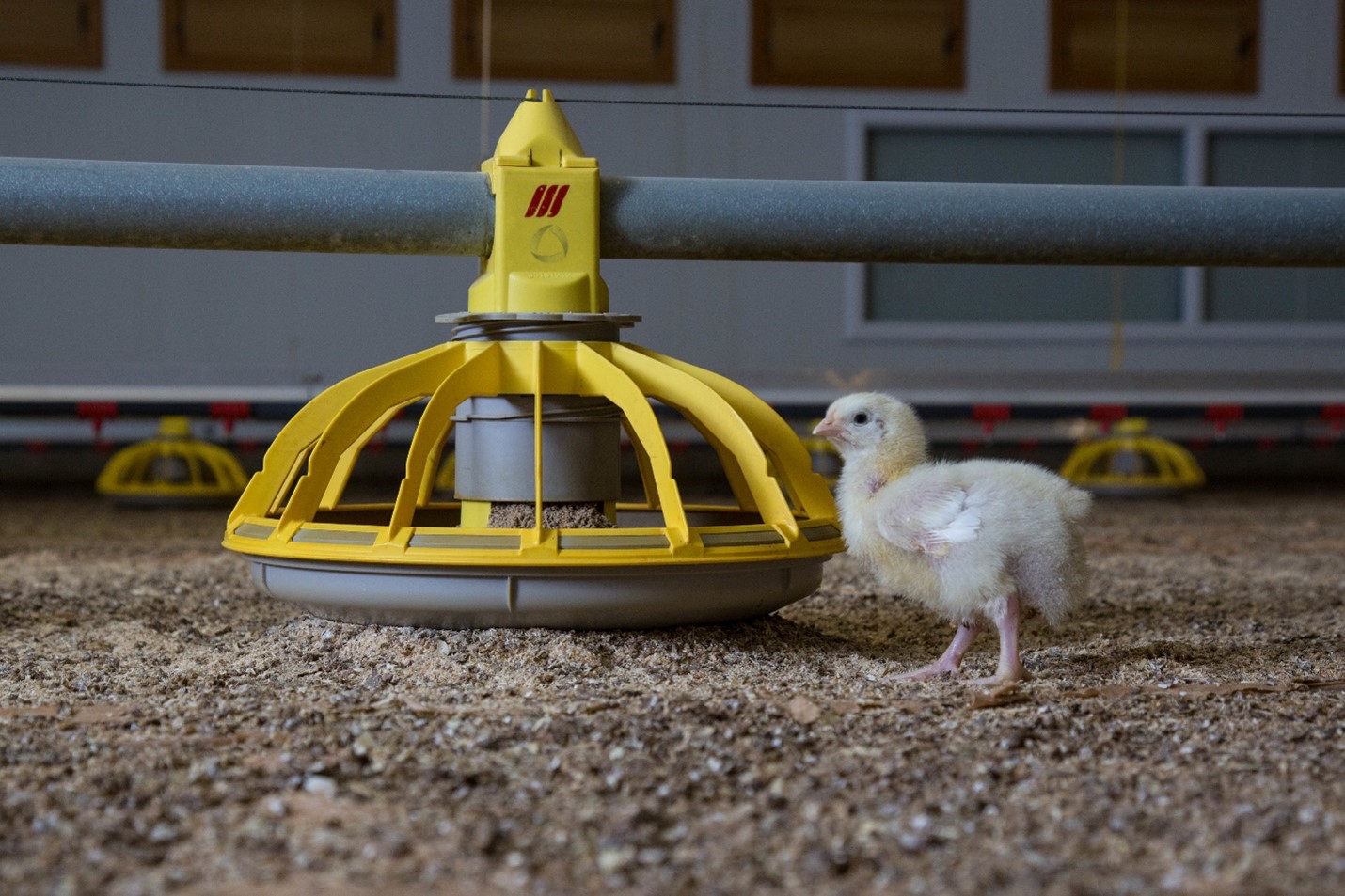



Is it derived from feed?
A single source of contaminated raw feed material can spread pathogens to numerous complexes and bird housesPart of Series:
< Previous Article in Series Next Article in Series >
Having cost the US poultry industry 50 million chickens in 2015, AI became the largest historical disaster to US poultry health, found report Financial Implications form Contracting Avian Influenza in a US Broiler Operation. Every year Salmonella bacteria cause about 1.4 million infections, 26,000 hospitalizations and 420 deaths in the US alone, according to estimates from the U.S. Center for Disease Control.
AI has been found in poultry and wild birds in over 50 countries and is considered endemic in several of them. From December 2014 to June 2015, the US suffered an AI outbreak that included more than 200 cases in commercial and backyard poultry flocks. According to the U.S. Congress’ Congressional Research Service, the seven-month outbreak was estimated to cost the US industry $3.3 billion.
Is it derived from feed?
While it is undoubtedly true that there are multiple entry points for pathogens into live production, most, such as human footfall and vehicle movements, present a localized risk and can be addressed through simple, rigorously applied biosecurity measures. Even water contamination represents a relatively localized risk, with sources rarely servicing more than one farm. But feed is somewhat different. A single source of contaminated raw material can service multiple feed mills, from where contaminated finished feeds find their way to numerous complexes and bird houses.
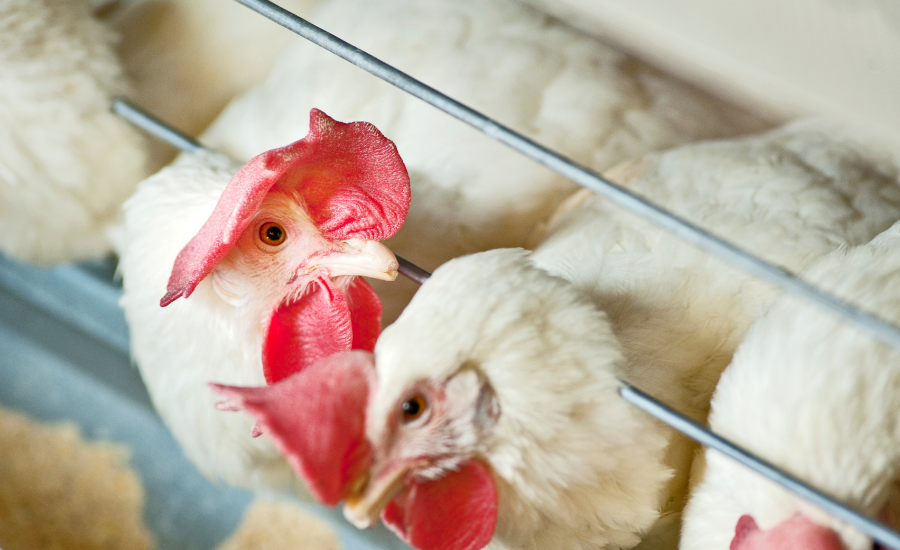
What we know about Salmonella
“Internally, we surveyed 8000 samples over a year and found that Animal By-Products carry a percent Salmonella contamination ranging from 20%-75%, whereas cereal grains range from 5% to 30%, overall, we noticed that the microbial profiles contaminating feed and its ingredients are highly variable,” said Dr. Enrique Montiel, DVM and Anitox Director of Nutrition and Live Production. “High microbial loads are the biggest contributing factor to the variability observed in feed. For example, in 15,000 untreated samples, we surveyed from the EU showed that the 10% of the most contaminated samples had an average Enterobacteriaceae count of 700,000 cfu/g.”
Numerous researchers over the years have established that feed is a fomite for Salmonella, and it remains a topic of continued interest. Dr. Shariat at the University of Georgia’s Poultry Diagnostic Research Center recently published a paper titled Incidence of Salmonella serovars isolated from commercial animal feed mills in the United States and serovar identification using CRISPR analysis. This experiment confirmed the finding of Salmonella in poultry feed, noting that between two different trials 6.2% of the feed samples were found to be not only Salmonella positive but harboring five serotypes known to cause human illness.
“Salmonella does not always cause disease in poultry but may pose a risk to food safety. That is why it is so critical to recognize and evaluate the risks to live production. By reducing the prevalence of pathogenic bacteria entering live production, you are reducing the prevalence of pathogens entering processing,” explained Dr. Montiel.
What we know about Avian Influenza
A report from the USDA Economic Research Service examining the 2014-15 US AI outbreak recognizes that several pathways could spread the disease. One of those listed was feed distribution. An experiment conducted by Dr. Haroldo Toro at Auburn University observed that AI virus survival in feed improved when coated with skim milk powder. This observation supports the idea that virus transmission in feed is more likely to occur when the feed is contaminated with organic matter, for example, feces.
“Feed producers are doing all they can to support their farmers, looking for ways to ensure feed isn’t a route for AI onto the farm. Biosecurity experts advocate extreme care with stored feed. However, all it takes is one contaminated lot of feed to dirty a transport vessel or feeder and increase the probability of flock exposure,” mentioned Dr. Montiel.
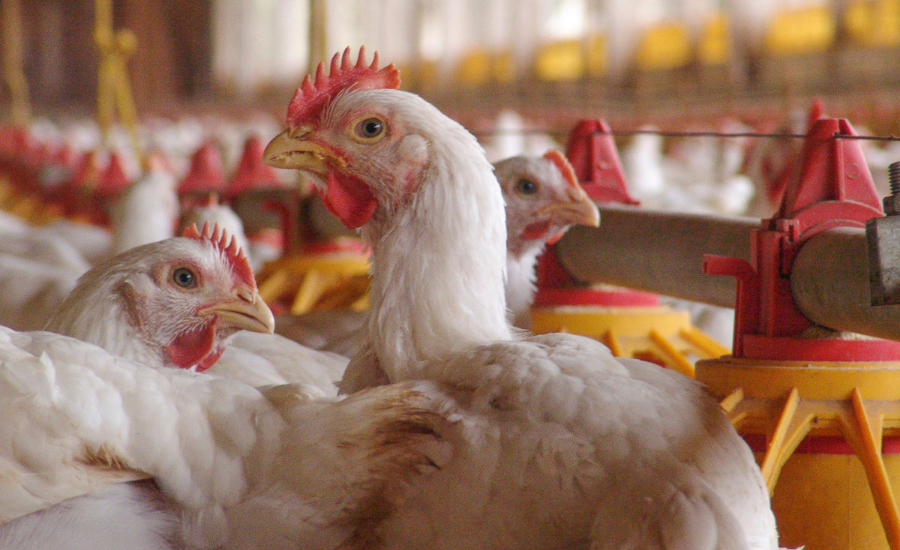
Protect your investment
Feed often makes up 60-70% of poultry producers’ investment into a flock. To achieve a return on investment, flocks must reach their full genetic potential. Nutritionists, buyers and millers dedicate many efforts to designing and developing diets that contribute to a healthy and efficient gut by enhancing nutritional investment through optimized absorption, protection from pathogenic damage to gut villi, and prevention of pathogen disruption to a healthy intestinal microflora. Pathogens place livestock at risk for systemic dysfunction within the digestive tract and limit the genetic potential for maximized productivity. Feed, as a fomite, has a dynamic and ubiquitous nature, enabling it to introduce bacterial and viral contamination to feeders and introducing risk to entire flocks, often increasing feed conversion rates.
“Independent research conducted by Dr. Toro demonstrated that feed sanitizing technology inactivates AI virus in feed, even when the virus is stabilized by organic matter. Further demonstrating that feed sanitizers are a biosecurity tool for consideration,” Dr. Montiel continues, “That was a major breakthrough. It meant that, for the first time, feed could be a critical control point, helping reduce the risk of an AI outbreak in a poultry production operation.”
Clean feed promotes growth efficiency by protecting livestock and nutrients from pathogens. By controlling the microbial load from production to the point of consumption, feed of the highest quality is provided to livestock. Protected feed is quality feed.
“Historically, feed processors have had very few options when it comes to protecting feed,” explains Dr. Montiel. “Heat treatment and organic acids are common mitigation options but offer very limited protection over time, meaning that feed is at risk of recontamination as soon as it leaves the mill.
Feed sanitizers demonstrate high efficacy against viruses and pathogens such as Salmonella. APHA – the UK-based Animal and Plant Health Agency – tested a feed sanitizer against other commercial mitigants and found the sanitizer significantly more effective at low application rates.”
Feed sanitizers offer long-lasting recontamination protection when applied to individual ingredients or finished feed, keeping it pathogen-free through transportation and storage. Ultimately ensuring feed is free from the challenge at the point of consumption. That’s what differentiates feed sanitizers from other commercially used mitigation strategies, such as heat treatment and organic acids which only control feed contamination at the point of treatment.
Producers wanting to take effective action to protect their animals against contamination can get more information at www.anitox.com/poultrysite.
Watch for the next article in this series that outlines and compares available interventions for mitigating viral and bacterial pathogens in feed.










